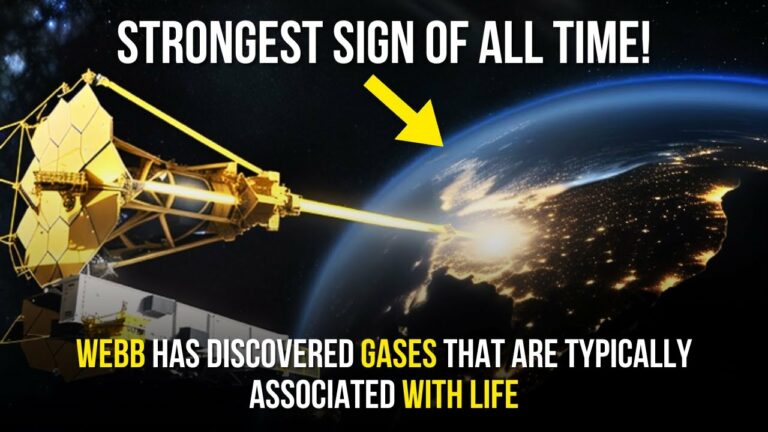Strongest Sign of Extraterrestrial Life: Webb Discovers Gas on Exoplanet That Indicates Life!
The observations of the gas on the exoplanets have helped in changing the focus from the planetary systems to the individual exoplanets and their atmospheres, compositions and potential. Exoplanetary gases can be identified and characterized spectroscopically whereby the light that the absorbed or emitted by the planetary atmosphere is studied. This analysis has brought out a large number of gases such as hydrogen, helium, water vapor, carbon dioxide, methane and molecules as rare as titanium oxide.
The presence and amount of these gases can tell about necessary and sufficient characteristics of the exoplanet such as that planet’s temperature, pressure of its atmosphere, and likely weather conditions for that planet. For instance, if signs of water vapor, which is known to exist in liquid form, is detected on an exoplanet then one can deduce the existence of liquid water on that celestial body.
Furthermore, the knowledge about gases also enables the discovery of details about a planets formation and development, and establish if the planet belongs to the rocky terrestrial planets or gaseous giants. This is because with developments in telescope and observation technologies, the study on gases in exoplanets is still an ongoing research and discovery on Earth-like planets and the area of differentiation of the vast variety of planets in the galaxy.
James Webb has done it again: while the most powerful space telescope of all time was looking at a distant exoplanet, it identified a telltale signature that points to the existence of extraterrestrial life ! But how did the experts track down this sensational discovery? And does the exotic water world K2-18b finally provide the answer to mankind’s oldest question?
Do not forget to share your opinion with us to provide you with the best posts !




0 Comments